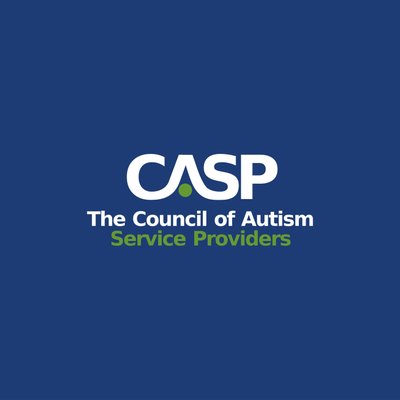The Autism CARES Act

The Autism CARES Act helps to expand and further authorize funding and other provisions that were originally introduced in the 2006 Combating Autism Act. This act aims to secures federal funding not just for autism research, but for many other services vital to those with autism and their families. What is the Autism CARES Act? […]
Atypical Autism

Atypical autism is a developmental disorder that has some of the symptoms of autism, but not enough to meet the criteria for autism spectrum disorder. Read on to learn more about atypical autism, the most common symptoms, and available treatments. What Is Atypical Autism? Atypical autism is one of the official autism diagnoses that were […]
Autism Aggressive Behavior Strategies

One of the most difficult aspects of autism is the aggressive behavior that some children exhibit. This can range from verbal outbursts to physical aggression. The good news is that there are strategies that can help lessen and even prevent this type of behavior. ABA therapy in home is one such strategy, offering personalized and […]
The Four Functions of Behavior

When it comes to understanding why your child with autism acts out in certain ways, it is important to understand the four functions of behavior. In this article, we will discuss what these four functions are and how they can be applied when working with autistic children. What are the Four Functions of Behavior? The […]
What It’s Like to Be an ABA Therapist

Applied behavior analysis (ABA) therapy, the most effective treatment for autism, has been in high demand in recent years. If you’re interested in becoming an ABA therapist, here’s everything you need to know about the benefits and challenges of this job and the key qualities that make a great therapist. Benefits of Being an ABA […]
ABA Therapy Jobs

ABA therapy, also known as applied behavioral analysis therapy is a popular form of therapy commonly used with children with behavioral issues. ABA therapy is a fairly common form of therapy, and it has many applications in day-to-day life. If you are interested in learning more about ABA therapy jobs and what a career in […]
Autism Clothing

Autism clothing is becoming more and more popular as people become more aware of autism. There are many different autism clothing companies that cater to a wide range of needs. Some autism clothing companies focus on making sure that all the clothes are sensory friendly, while others make fun and trendy clothing for children and […]
Creating a Behavior Support Plan (BSP) for an Autistic Child

Children with autism often struggle in their personal, social, and educational environments. As a parent, it may not always be easy to know how to help and support them so as to promote the best possible behaviors and discourage the negative ones. ABA services at home can be an effective way to address these challenges […]
How Do You Explain Autism to a Child Without Autism?

Given the vast disinformation spread and lack of knowledge surrounding Autism Spectrum Disorder (ASD), many adults and children are unaware of how the effects of the neurodevelopmental disorder may affect their peers. Educating children without autism on the disorder and the benefits of ABA therapy at home is a great way to help them understand […]
RBT Salaries in New Jersey

If you are looking for a career in the field of behavioral health, becoming a registered Behavior Technician (RBT) is a great option. RBTs play an important role in providing support to individuals with autism and other developmental disabilities. But what is the typical salary for an RBT in New Jersey? In this article, we […]


